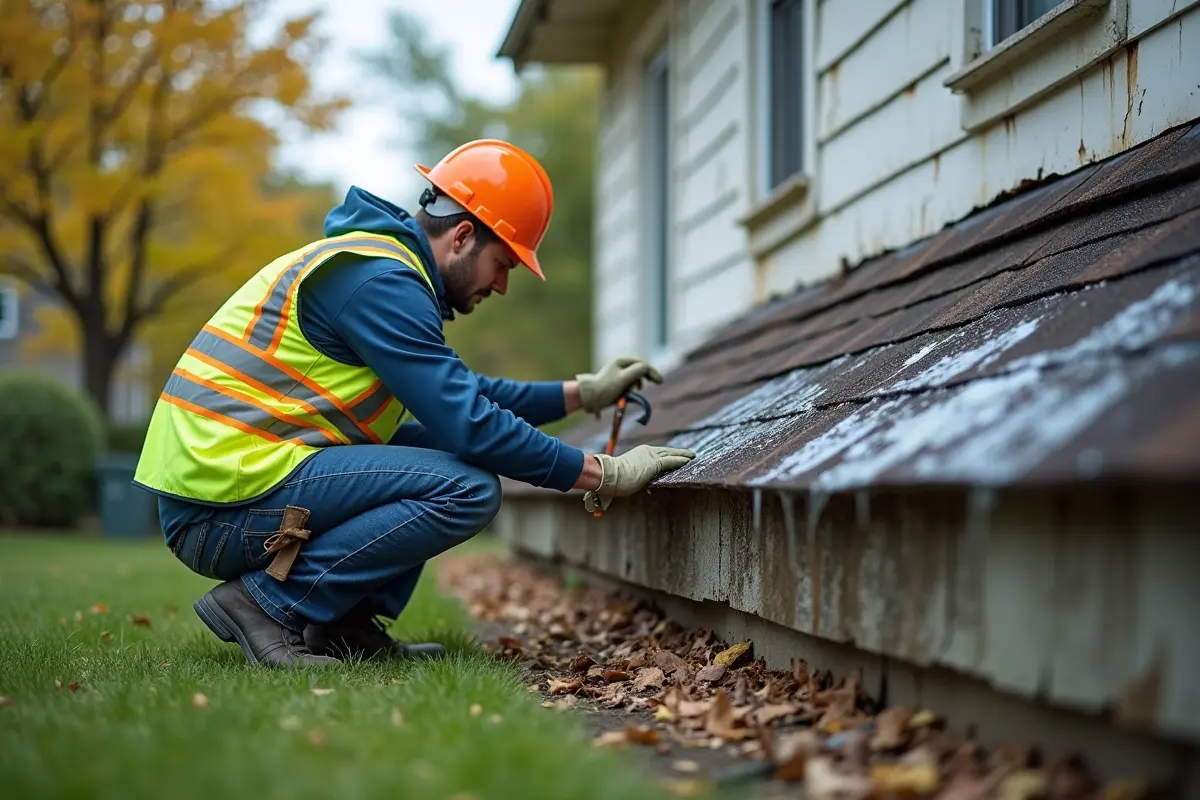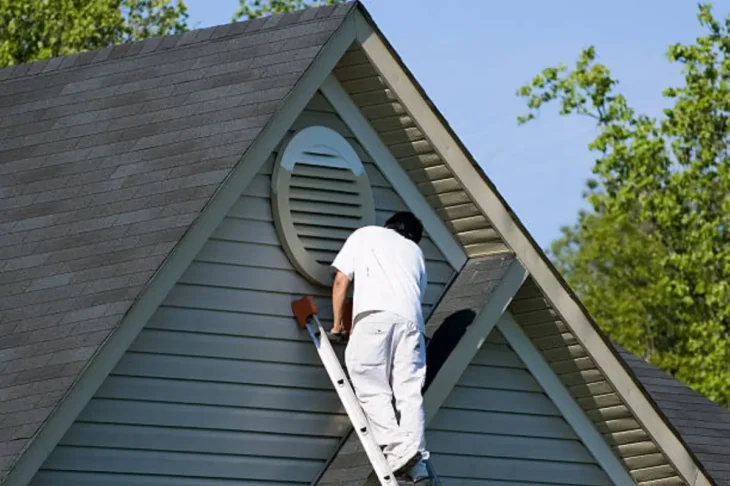
7 Home Repairs You Should Never Ignore
Keeping up with home repairs can be a rewarding way to protect your investment, maintain safety, and avoid much larger costs down the road. Here’s an in-depth look at seven essential areas you should check regularly to ensure that minor issues don’t develop into serious problems.
1. Roof – The Shield Against the Elements
A roof in poor condition can compromise your entire home, so prioritising its maintenance is key. Regularly check for damaged or missing shingles, signs of sagging, or even granule buildup in gutters, which signals shingle wear.
Ignoring these issues can lead to leaks, which, in turn, may damage insulation, interior walls, and even electrical components. It’s best to schedule annual roof inspections, particularly before and after harsh weather seasons. Also, seeking professional roof repair in Dublin early is more economical than facing a full roof replacement, and it ensures your home stays well-protected.
2. Gutters – The Foundation’s Best Friend
Your gutters and downspouts keep water away from the foundation and prevent soil erosion around the base of your home. Clogged gutters can cause water to overflow, eroding the ground near your foundation or even leading to basement flooding.
To avoid these problems, clear out leaves and debris from your gutters every few months or after storms. You might also consider installing gutter guards for easier maintenance. A functioning gutter system protects your foundation and helps to prevent mould, mildew, and structural issues.
3. Foundation Cracks – Small Cracks, Big Consequences
Cracks in the foundation are easy to overlook, but they can signal a variety of issues, from settling soil to potential structural problems. Smaller hairline cracks might be natural as your home settles, but larger or expanding cracks, especially horizontal ones, could indicate serious structural shifts.
For peace of mind, monitor any cracks by marking their size and tracking if they grow over time. For larger cracks, consult a structural engineer or foundation specialist, as they’ll be able to assess whether repairs or reinforcements are necessary to prevent future damage.
4. Plumbing Leaks – Avoid Water Damage and Mould
Plumbing issues can often go unnoticed, especially if they’re small or hidden behind walls and floors. However, even a slow leak can lead to major water damage, contribute to high water bills, and promote the growth of harmful mould. Regularly inspect visible pipes under sinks, around toilets, and in the basement for signs of corrosion or leaks.
Pay attention to your water bill for any unexplained spikes, which may suggest a hidden leak. Additionally, consider investing in a water detection system that alerts you to leaks early to prevent costly repairs.
5. Electrical Issues – Protect Your Home and Loved Ones
Electrical issues, however minor they may seem, are often red flags for underlying problems. Flickering lights, warm or sparking outlets, and frequently tripped breakers can be warning signs of overloaded circuits or outdated wiring.
These issues can lead to electrical fires if left unaddressed. Hiring a qualified electrician to perform regular safety inspections, particularly if you live in an older home, ensures that your electrical system is up to code and functioning safely. Installing GFCI outlets in bathrooms, kitchens, and outdoor areas adds an extra layer of protection against electrical shocks.
6. HVAC Maintenance – Energy Efficiency and Comfort
Heating and cooling systems are essential for comfort, yet they’re often neglected until there’s a problem. Dusty filters, clogged ducts, or worn-out components can lead to reduced efficiency, higher energy bills, and poor indoor air quality.
Replacing HVAC filters every 1-3 months is a simple way to keep the system efficient, as clogged filters can force your system to work harder. Schedule professional HVAC maintenance at least once a year to ensure that everything’s working smoothly and that any worn parts are replaced before they fail. This can save you the headache of a sudden breakdown during extreme weather.
7. Siding and Exterior Paint – The First Layer of Defence
Siding and exterior paint protect your home from the elements, and maintaining them can prevent water from seeping into the structure. Over time, paint may peel or fade, and siding can crack, allowing moisture to enter and cause wood rot or mould growth.
Inspect your siding and exterior paint annually, paying close attention to any areas that appear discoloured or are peeling. A fresh coat of paint or repairing damaged siding not only boosts curb appeal but also prevents weather and moisture damage. For a long-lasting finish, consider high-quality, weather-resistant paints suited to your climate.
Small Fixes, Big Impact
By keeping an eye on these seven critical areas, you can help ensure your home’s longevity, safety, and efficiency. Proactive maintenance can save you from dealing with costly, unexpected repairs down the line, and it also keeps your home in peak condition year after year.

